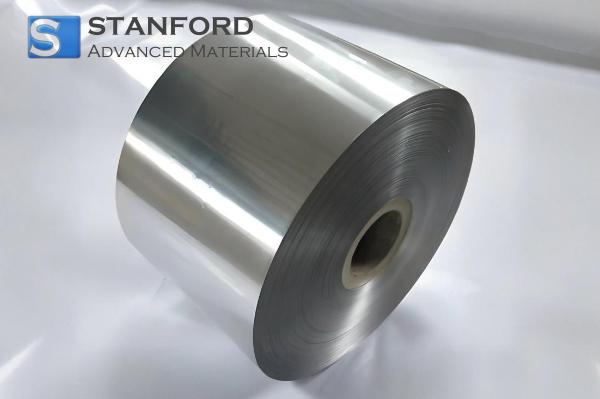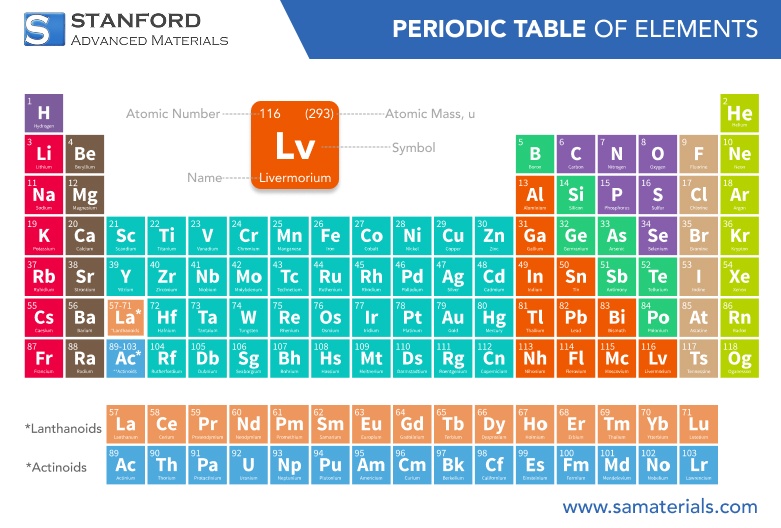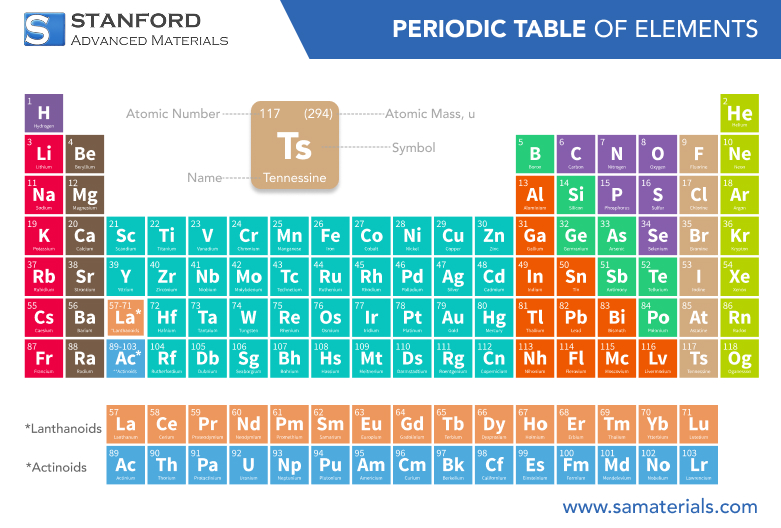Americium: Element Properties And Uses
Description
Americium is a synthetic radioactive element valued for its unique chemical and physical properties. While it does not occur in any meaningful natural quantities, this man-made actinide has found surprising usefulness in scientific research, industrial diagnostics, and even in some common household safety devices.
Introduction to the Element
Americium was first synthesised during the 1940s as part of pioneering research into nuclear chemistry. Created at the University of California, Berkeley, it was produced through neutron bombardment of plutonium—an ambitious scientific achievement that demonstrated humanity's ability to study the periodic table and extend it. The element derived its name from the Americas, in a manner analogous to europium, which was named after Europe.
As one of the first synthetic actinides, americium has become a valuable tool in exploring radioactive decay pathways, transuranic chemistry, and neutron-capture processes. Its creation marked a pivotal moment in nuclear science, indicating that entirely new elements could be fabricated in controlled environments and studied for their unique behaviours. Even though americium is not naturally abundant, this radioelement has continued to find broader roles in research and technology well past its initial discovery over seventy years ago.
Chemical Properties
The electron configuration and position of americium in the actinide series dictate its chemical behaviour. It predominantly exists in the +3 oxidation state, as do most of its neighbouring actinides. In this state, americium forms a wide variety of compounds—including oxides, chlorides, fluorides, and nitrates—that are stable under controlled laboratory conditions.
Higher oxidation states, particularly +4 and occasionally +6, can be achieved in the case of americium with strong oxidising agents. These higher states provide researchers with unique opportunities to study complex redox chemistry and evaluate how electron behaviour alters as elements become heavier.
Americium also forms stable complexes with organic ligands, a property that enhances the element's utility in separation chemistry, radioactive waste processing, and in analytical methods designed to isolate particular actinides from fuel mixtures. The studies demonstrate that americium's reactivity concerning acids and bases decisively influences the design of purification processes and strategies for long-term storage in nuclear engineering.
Physical Properties
The physical properties of americium significantly affect how it is handled and applied in real-world situations. Being a heavy metal, it is dense, metallic, and structurally stable at room temperature. However, due to its emission of both alpha particles and gamma radiation, all handling requires strict shielding and remote manipulation.
|
Property |
Value |
Unit |
|
Atomic Number |
95 |
- |
|
Atomic Weight |
~243 |
amu |
|
Melting Point |
1176 |
°C |
|
Boiling Point |
2600 |
°C |
|
Density |
13.69 |
g/cm³ |
|
Crystal Structure |
Double Hexagonal close-packed |
- |
For more details, please look at Stanford Advanced Materials (SAM).
The most striking physical feature of americium is its long-lived radioactivity. Americium-241, the most widely used isotope, has a half-life of approximately 432 years and serves as an excellent and stable source of alpha radiation. Stability is one of the reasons americium has been incorporated into consumer devices.
Common Uses
In spite of its highly radioactive nature, americium has practical applications related to millions of households across the globe.
1. Ionisation Smoke Detectors
The most common application of americium is in smoke detectors, in which americium-241 serves as a constant source of alpha particles. These particles ionise air within the detector; when smoke enters the chamber, ionisation is disrupted, triggering an alarm.
This technology has been utilised for decades in household and public building settings, making americium one of the few synthetic radioactive elements with a direct consumer function that can save lives.
2. Oil Well Logging
Americium is employed in the energy industry, where the gamma radiation it emits is utilised in oil well logging to ascertain the density and composition of subsurface rock strata. Understanding how different forms of radiation interact with geological layers allows for enhanced assessments of potential reservoirs of oil and gas.
3. Neutron Sources
It is feasible to combine americium with beryllium to form small, portable neutron sources. Such devices find applications in scientific research, instrument calibration, and in certain industrial inspection techniques.
4. Specialised Research
Given that americium occupies a key position in the actinide series, it is particularly significant in understanding radioactive decay processes, neutron interactions, and the synthesis of heavier transuranic elements.
Preparation Methods
The process of producing americium is complicated, involving several successive stages inside nuclear reactors. The most commonly used method consists of bombarding plutonium with neutrons. If plutonium-239 undergoes neutron capture, it transforms into plutonium-240, and under further bombardment, it eventually becomes curium and subsequently americium isotopes through radioactive decay.
After irradiation, americium is extracted from spent reactor fuel by specialists using various methods, including:
• Solvent extraction
Ion exchange chromatography
• Oxidation-state-based separation methods
These processes demand heavily shielded hot cells, remote handling equipment, and rigorous safety protocols due to the highly radioactive and chemically reactive nature of the materials involved.
Frequently Asked Questions
What is americium?
Americium is a synthetic radioactive element used in smoke detectors, neutron sources, and other industrial and scientific applications.
How is americium produced?
It is produced through the neutron irradiation of plutonium in nuclear reactors and is then chemically separated.
Why is americium used in smoke detectors?
Americium-241 provides a constant source of alpha radiation capable of ionising the air.
Is americium dangerous?
Yes, americium is radioactive; however, its risks are significantly mitigated when properly sealed or handled in controlled environments.
Is americium found in nature?
It exists in nature only in trace amounts; all usable americium is produced synthetically.

 Bars
Bars
 Beads & Spheres
Beads & Spheres
 Bolts & Nuts
Bolts & Nuts
 Crucibles
Crucibles
 Discs
Discs
 Fibers & Fabrics
Fibers & Fabrics
 Films
Films
 Flake
Flake
 Foams
Foams
 Foil
Foil
 Granules
Granules
 Honeycombs
Honeycombs
 Ink
Ink
 Laminate
Laminate
 Lumps
Lumps
 Meshes
Meshes
 Metallised Film
Metallised Film
 Plate
Plate
 Powders
Powders
 Rod
Rod
 Sheets
Sheets
 Single Crystals
Single Crystals
 Sputtering Target
Sputtering Target
 Tubes
Tubes
 Washer
Washer
 Wires
Wires
 Converters & Calculators
Converters & Calculators
 Write for Us
Write for Us




 Chin Trento
Chin Trento



